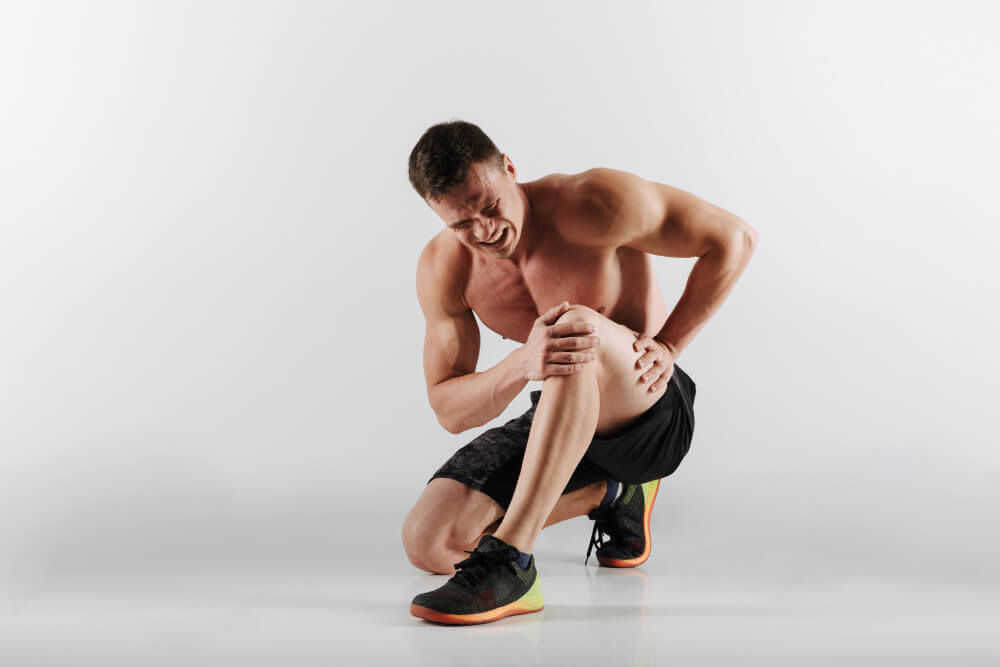Stop Muscle Strain in Its Tracks: Easy Fixes & Stretches for Speedy Recovery
Muscle strains. Those pesky aches and pains that can creep up after a strenuous workout, a long day of physical activity, or even seemingly mundane tasks. Whether you’re a weekend warrior pushing your limits or someone dealing with everyday wear and tear, muscle strains are a common occurrence. But fear not! While they can certainly be a nuisance, muscle strains don’t have to leave you sidelined for long.
This guide delves into the world of muscle strains, exploring their causes, symptoms, and most importantly, effective strategies for achieving a speedy recovery. You’ll discover simple fixes to manage discomfort in the initial stages, along with effective stretches to promote healing and improve flexibility. We’ll also explore tips for preventing future strains and keeping your body strong and resilient.
Understanding Muscle Strains: Causes and Symptoms
A muscle strain, also known as a pulled muscle, occurs when the fibers in a muscle are stretched too far or even tear slightly. This can happen due to various factors, including:
- Overuse: Performing repetitive motions or strenuous activities without allowing proper rest for your muscles. Examples include weightlifting, running long distances, or engaging in physically demanding work.
- Sudden exertion: Lifting a heavy object unexpectedly, making a quick, forceful movement, or returning to exercise too soon after a break can all lead to strains.
- Lack of flexibility: Tight, inflexible muscles are more prone to tearing when put under stress.
Improper form: Lifting weights or doing exercises with incorrect technique can put additional strain on specific muscle groups. - Weak core muscles: A weak core can affect your overall balance and stability, making your muscles work harder and increasing the risk of strain.
- Age: As we age, our muscles naturally lose some strength and flexibility, making them more susceptible to strain.
The symptoms of a muscle strain can vary depending on the severity of the tear. Here are some common signs:
- Pain: This is the most common symptom, ranging from a dull ache to a sharp, stabbing pain.
- Tenderness: The affected area will likely be sensitive to touch.
- Loss of strength: You might experience a decrease in strength or power in the strained muscle.
- Reduced range of motion: The strain might limit your ability to move the affected joint through its full range of motion.
- Muscle spasms: Involuntary muscle contractions can occur in the strained area, which can be quite uncomfortable.
Red Flags: If your muscle strain is accompanied by any of the following warning signs, seek immediate medical attention:
- Severe pain or swelling
- Numbness or weakness that worsens or spreads
- Inability to bear weight on the affected limb
- Deformity in the affected area
- Fever or chills
Immediate Relief Strategies for Muscle Strain
When a muscle strain throws a wrench into your day, here are some immediate care strategies to manage pain and promote healing:
- Rest: The most important thing in the initial stages is to give your muscle time to rest and recover. Avoid strenuous activities that could aggravate the strain.
- RICE: This acronym stands for Rest, Ice, Compression, and Elevation. Here’s how to apply these principles:
- Rest: Avoid the activity that caused the strain.
- Ice: Apply an ice pack wrapped in a towel to the affected area for 15-20 minutes at a time, several times a day. Be sure to take breaks to avoid skin irritation.
- Compression: Wrap the area snugly with an elastic bandage to reduce swelling. It shouldn’t be so tight that it cuts off circulation.
- Elevation: If possible, elevate the affected limb above your heart to help reduce swelling.
- Over-the-counter pain relievers: Medications like ibuprofen or acetaminophen can help reduce inflammation and pain. Follow recommended dosages and consult a doctor if you have pre-existing health conditions.
Gentle Stretches for Faster Recovery from Muscle Strain
Once the initial inflammation subsides (usually within a few days), incorporating gentle stretches into your routine can significantly aid recovery and improve flexibility. Here are some effective stretches for common muscle strains:
Lower Back Strain:
- Knee-to-chest stretch: Lie on your back with knees bent and feet flat on the floor. Gently pull one knee towards your chest, hold for 30 seconds, and repeat with the other leg.
- Pelvic tilts: Lie on your back with knees bent and feet flat on the floor. Press your lower back into the floor, then slowly tilt your pelvis upward, squeezing your glutes. Hold for a few seconds, then relax and repeat.


